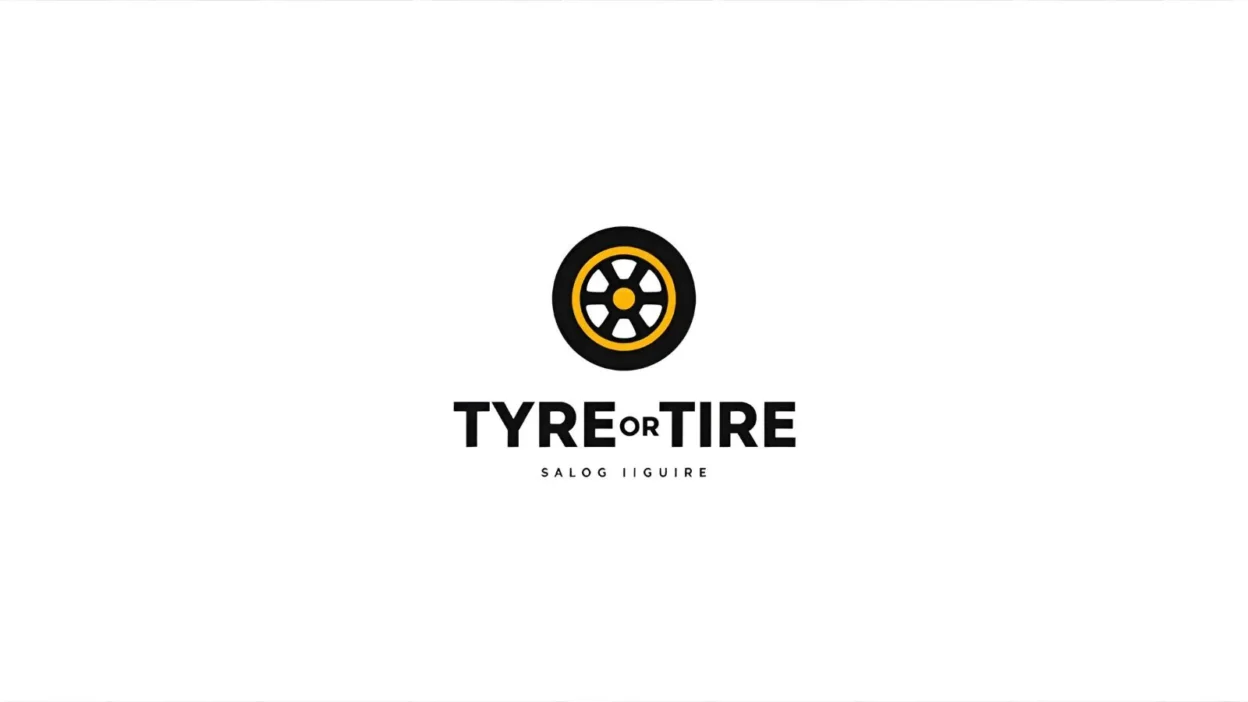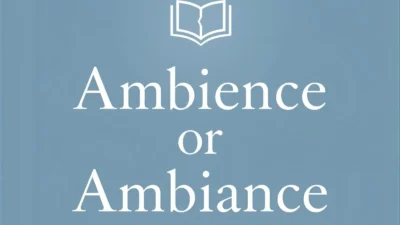Have you ever stopped while typing and thought, “Is it tyre or tire?” 👀
Many people face this confusion when writing emails, essays, or blogs — especially those who use both British and American English. This small spelling difference can sometimes make your writing look less professional.
If you’re also unsure which spelling is correct and which one suits your audience, this article is for you.
Here, you’ll find a simple explanation, real examples, and a clear guide to help you choose the right form — whether you’re a student, content writer, or casual reader.
Tyre or Tire – Quick Answer
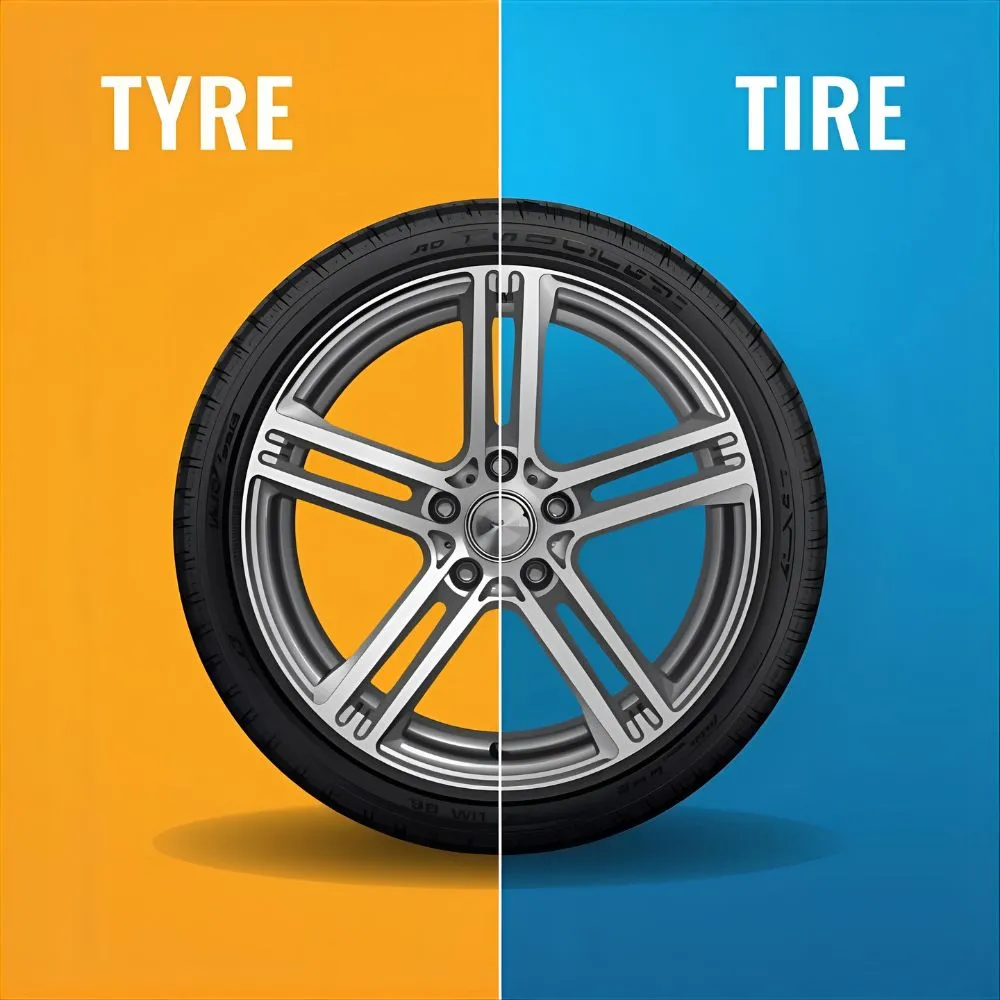
✅ Quick Answer:
Both “tyre” and “tire” refer to the same thing—the rubber covering on a wheel. The only difference is regional spelling.
- Tyre → British English (e.g., “My car needs new tyres.”)
- Tire → American English (e.g., “I got a flat tire.”)
So, the word you use depends entirely on your audience’s location and the form of English you’re writing in.
The Origin of Tyre or Tire
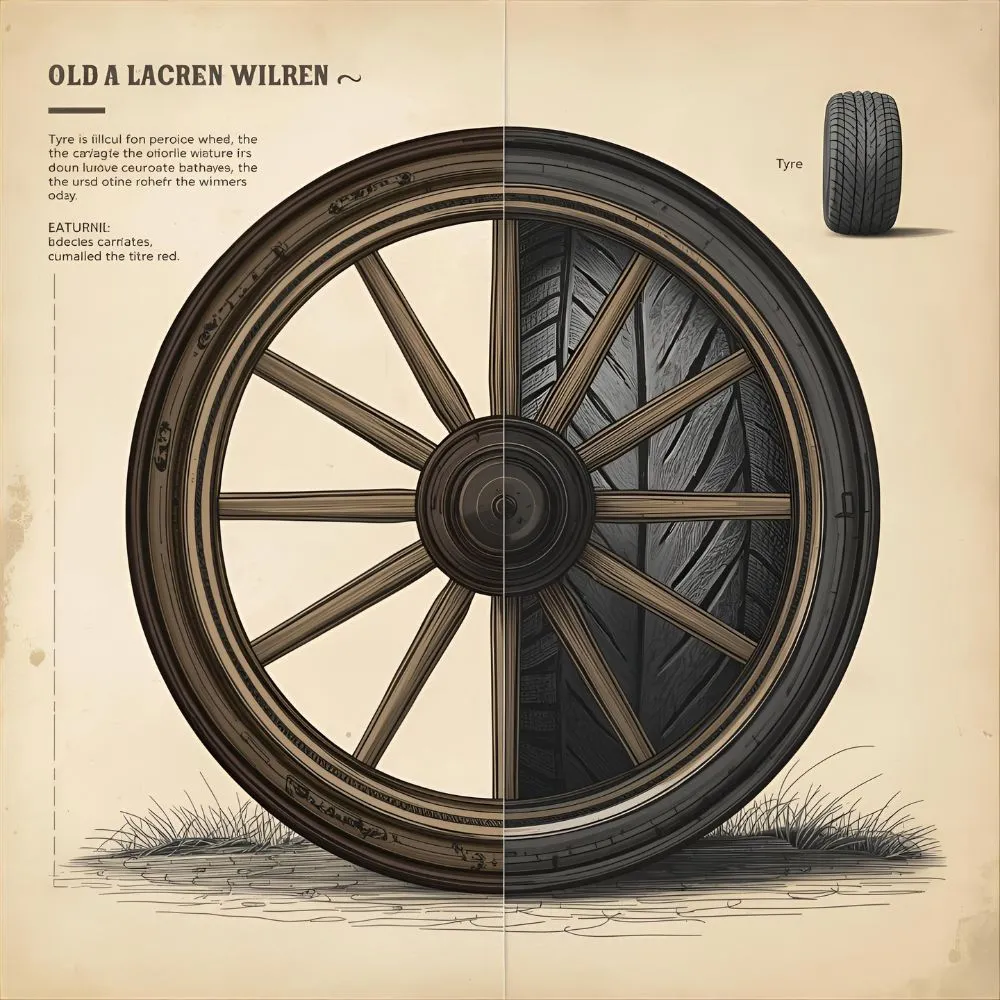
The word tire comes from the Old English word “attire”, meaning “equipment” or “that which dresses something.” Originally, the term referred to the metal band placed around wooden wheels on carriages to strengthen them.
In the 15th century, it was shortened to tire. However, when rubber tires were introduced in the 19th century, British English adopted the spelling “tyre” to distinguish the new rubber variety from the older metal version.
Thus:
- Tire (metal wheel band, older spelling)
- Tyre (rubber wheel cover, newer spelling in British English)
American English, however, kept using tire for both meanings.
British English vs American English Spelling
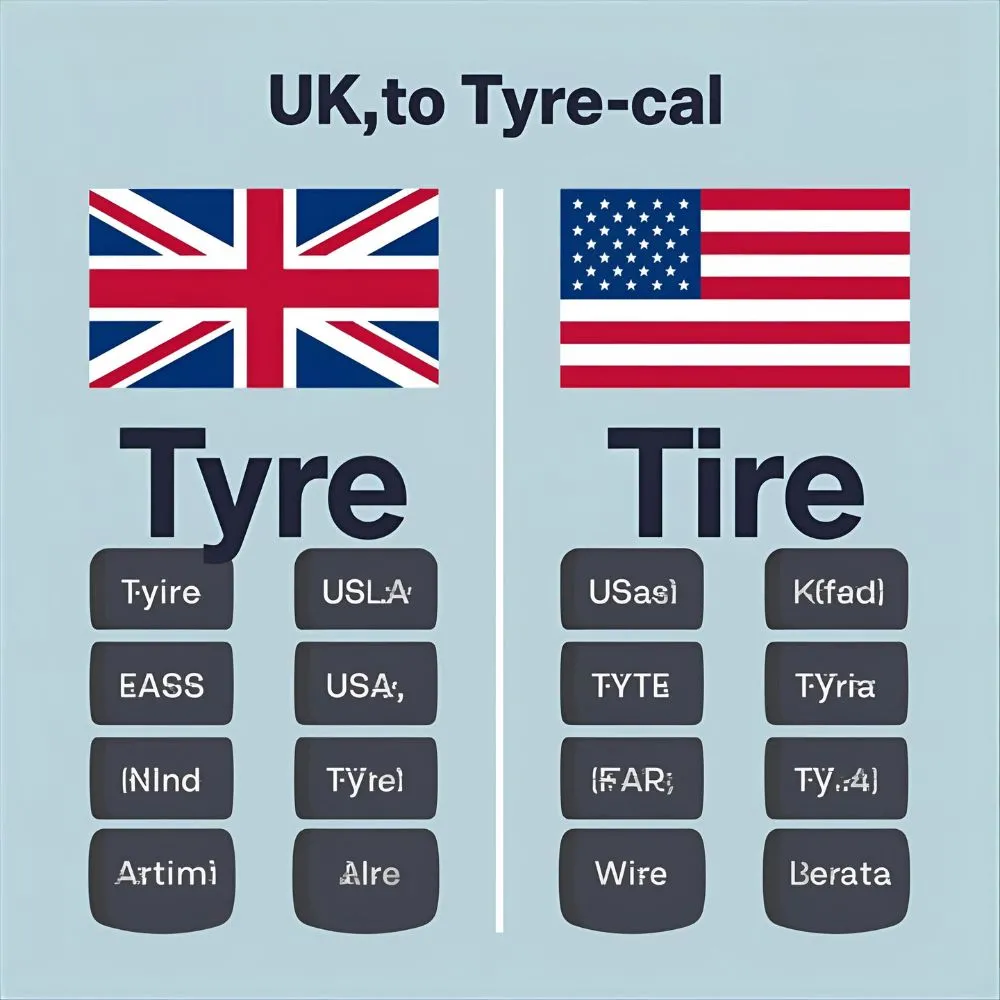
In modern usage:
| Region | Preferred Spelling | Example Sentence |
| United States | Tire | The front tire is flat. |
| United Kingdom | Tyre | My car’s tyres are worn out. |
| Canada | Tire | Canadians follow American spelling. |
| Australia | Tyre | The mechanic replaced all four tyres. |
| India | Tyre | Indian English follows British rules. |
In short:
- Use tire when writing for American audiences.
- Use tyre for British, Australian, Indian, or Commonwealth audiences.
Which Spelling Should You Use?
The spelling depends on your target audience and purpose:
- ✳️ If your readers are in the U.S., always use tire.
- ✳️ If your readers are in the U.K., Australia, or India, use tyre.
- ✳️ If your content is for a global audience, mention both forms once (e.g., “tyre (tire in American English)”) and then stick to one version throughout.
👉 For businesses or blogs with international reach, consistency matters more than which version you choose.
Common Mistakes with Tyre or Tire
Here are some frequent spelling mistakes people make:
- ❌ Car tire used in a British website → should be car tyre.
- ❌ Tyre pressure written on a U.S. manual → should be tire pressure.
- ❌ Using both spellings in one article → leads to confusion and unprofessional appearance.
Tip: Always pick one form and use it consistently throughout your writing.
Tyre or Tire in Everyday Examples
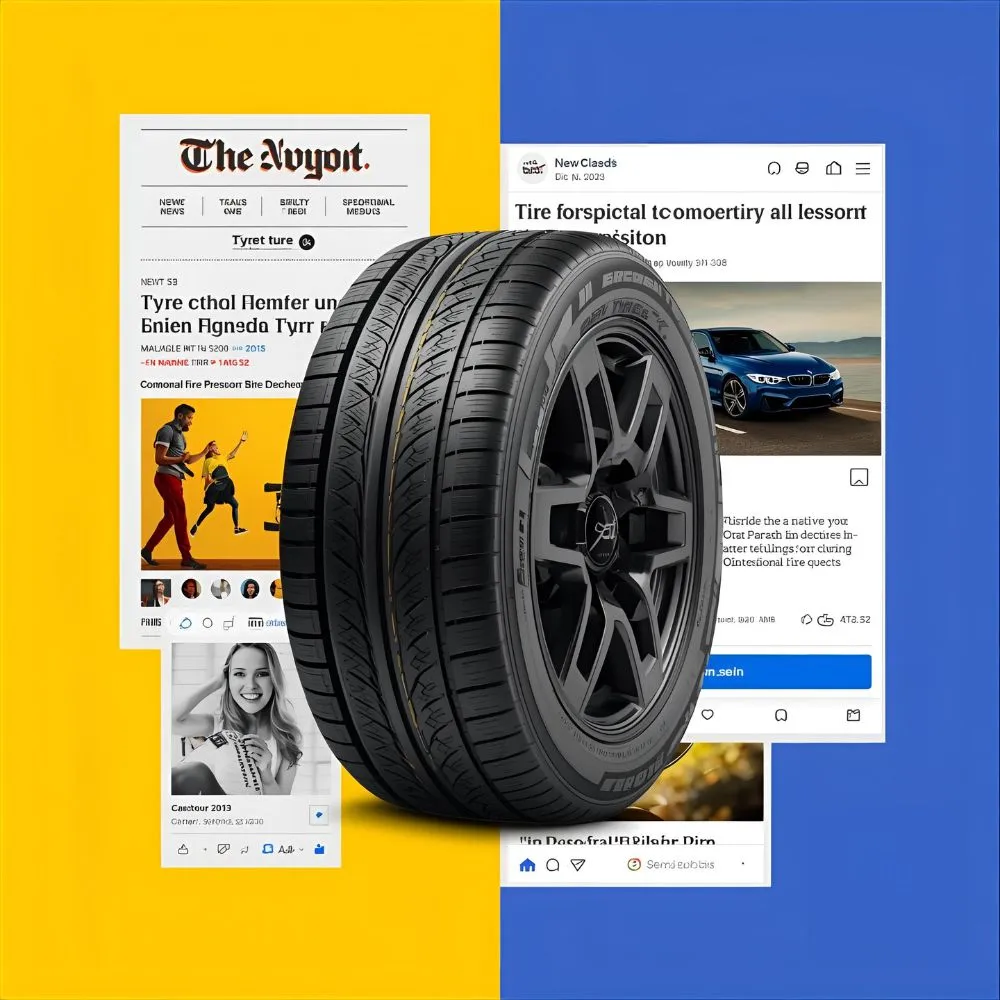
Let’s see how these words appear in real-world contexts:
📰 In News Articles:
- British: “The company launched a new range of eco-friendly tyres.”
- American: “The latest tire technology improves fuel efficiency.”
📧 In Emails or Reports:
- British: “Please check the tyre pressure before delivery.”
- American: “Ensure all tire warranties are properly documented.”
💬 In Social Media Posts:
- British: “Just got new winter tyres—ready for the cold!”
- American: “Finally replaced my old tires. The ride feels brand new!”
🧾 In Formal Writing:
- British: “The vehicle’s tyres meet all safety standards.”
- American: “Tire quality plays a key role in road safety.”
Tyre or Tire – Google Trends & Usage Data
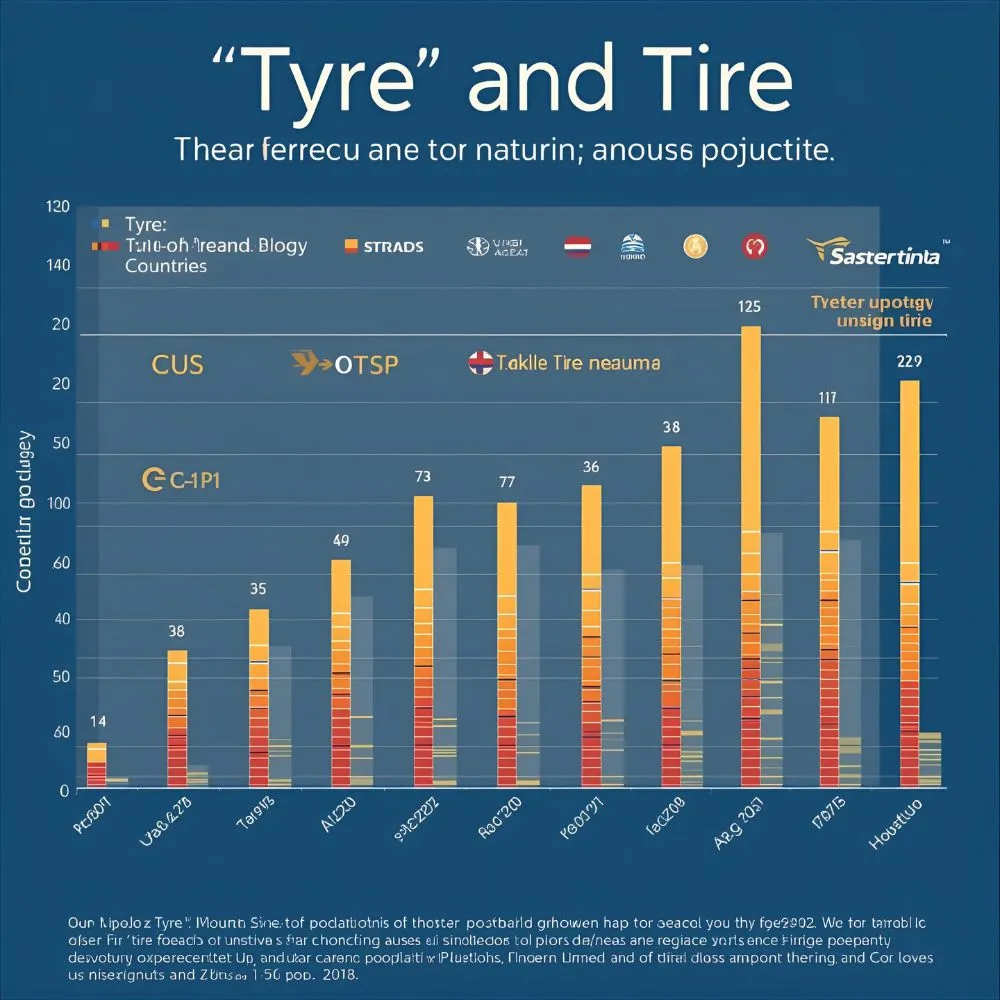
According to Google Trends, searches for “tire” dominate globally because of the influence of American English online. However, in the U.K., Australia, India, and South Africa, “tyre” remains the most used spelling.
| Country | Most Used Term | Search Popularity (%) |
| United States | Tire | 95% |
| United Kingdom | Tyre | 90% |
| Australia | Tyre | 88% |
| India | Tyre | 85% |
| Canada | Tire | 93% |
This trend shows that while tire has become globally recognized due to American media, tyre continues to hold strong in British and Commonwealth English.
Comparison Table: Tyre vs Tire
| Aspect | Tyre | Tire |
| Language Variant | British English | American English |
| Meaning | Rubber covering on a wheel | Same meaning |
| First Recorded Use | 19th century | 15th century |
| Common Countries | U.K., India, Australia | U.S., Canada |
| Example Sentence | “I need new tyres for my bike.” | “I need new tires for my bike.” |
Confused About Moulding or Molding? American vs British Spelling Explained
FAQs – Tyre or Tire
1. Is it tyre or tire in the U.S.?
→ The correct American spelling is tire.
2. Why do the British spell it tyre?
→ The British adopted tyre in the 19th century to differentiate rubber tires from metal ones.
3. Are tyre and tire pronounced the same?
→ Yes, both are pronounced as /taɪər/.
4. Which spelling should I use in academic writing?
→ Use tire for American English papers and tyre for British English contexts.
5. Is tyre incorrect in American English?
→ It’s not recognized in U.S. dictionaries; Americans always use tire.
6. Which word should global brands use?
→ Many global brands use tyre (tire in U.S.) in their international marketing.
7. Can I mix both spellings in one article?
→ No, choose one based on your audience and stay consistent.
Humour or Humor –A Simple Guide to British vs American English
Conclusion
Whether you write tyre or tire, you’re saying the same thing—but to different audiences. The variation is purely regional: British and Commonwealth nations prefer tyre, while Americans use tire.
For professional writing—especially in marketing, journalism, or academia—consistency is key. Stick to one form throughout your document based on your reader’s region.
Language differences like this remind us that English is a global language with regional color, and understanding such variations helps us communicate clearly and effectively across cultures.

